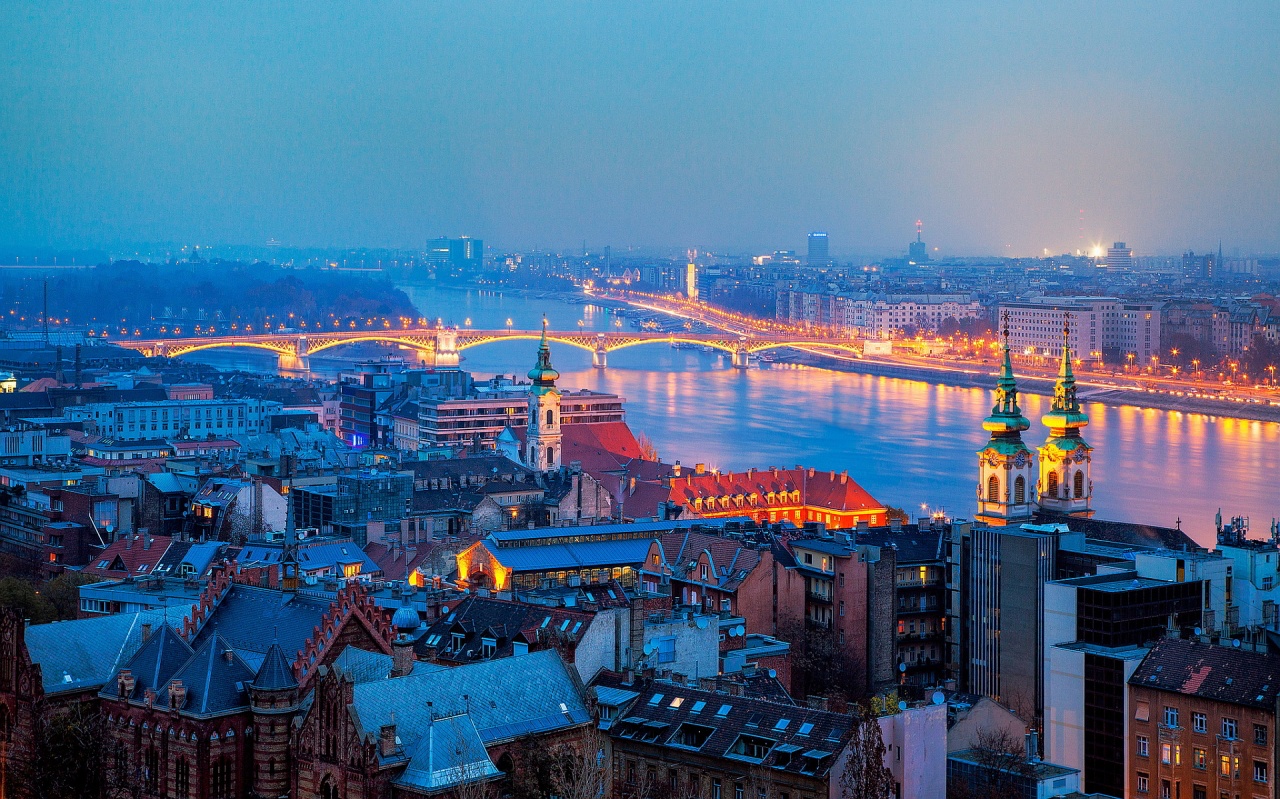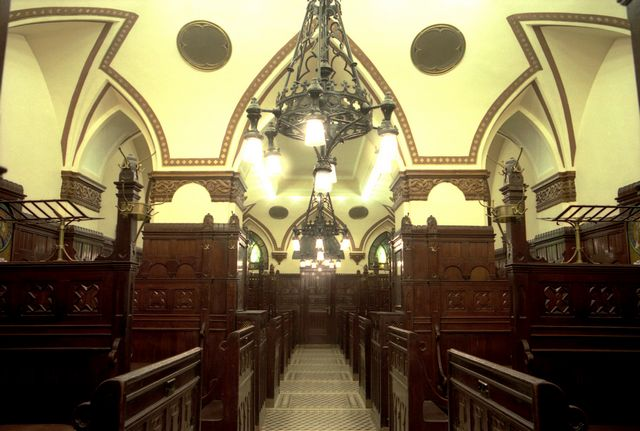Starry Night Budapest
zita kisgergely
Stars rain on Hungary! No, not Tom Hanks and Matt Damon, both whom were here shooting productions in Budapest not so long ago, but tastier stars of theMichelin sort. Last week saw Budapest receive its fifth star from the esteemed dining guide, in the Michelin’s new Main Cities of Europe 2016 edition. This star went to Costes Downtown, the second outpost of the District 9 eatery Costes, which was the first restaurant in Budapest to attain a star, as well as having the distinction of being named one of the 25 top restaurants in the world, according to The Trip Advisor Travelers’ Choice Awards.
via Trip Advisor
This is a huge honor for the restaurant, which was opened just one year ago in Budapest’s Prestige Hotel in District 5. Odds were in their favor, however, with the team of the original Costes – owner Károly Gerendai and Portuguese Executive Chef Miguel Rocha Vieira – working together to deliver the same high-quality but casual French menu that made Costes so famous.
via xpatloop.com
It was a big month for culinary Budapest, with Onyx chef Tamás Széll winning the national selection for Bocuse d’Or competition, which recently took place in Budapest, qualifying him to advance to face off against 20 other European chefs in the May semi-finals, which also take place in Budapest. Széll’s Onyx, along with restaurants Tanti, Borkoynha, and of course the original Costes, comprise the list of Michelin star establishments. With five stars, Hungary had more than any other country in the former Soviet Bloc; two more than the Czech Republic and three more than Poland.
There is no question that at the street-food level as well as the fine-dining level, Budapest has lots to offer anybody who is shooting or working on film production in Hungary. Congratulations to Costes Downtown and all of culinary Budapest.








































